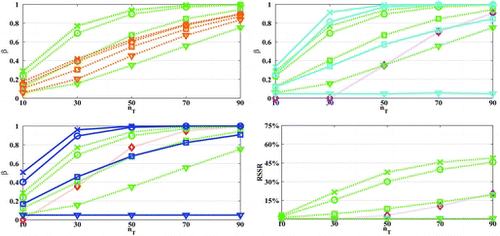Figures & data
Table 1. Model and prior parameters of the z* and t*-tests, respectively, and their dimension




Table 2. Means, standard deviations, correlations, and their prior estimates for the EEG depression study presented in Läuter, Glimm, and Kropf (Citation1996)
Supplemental material
